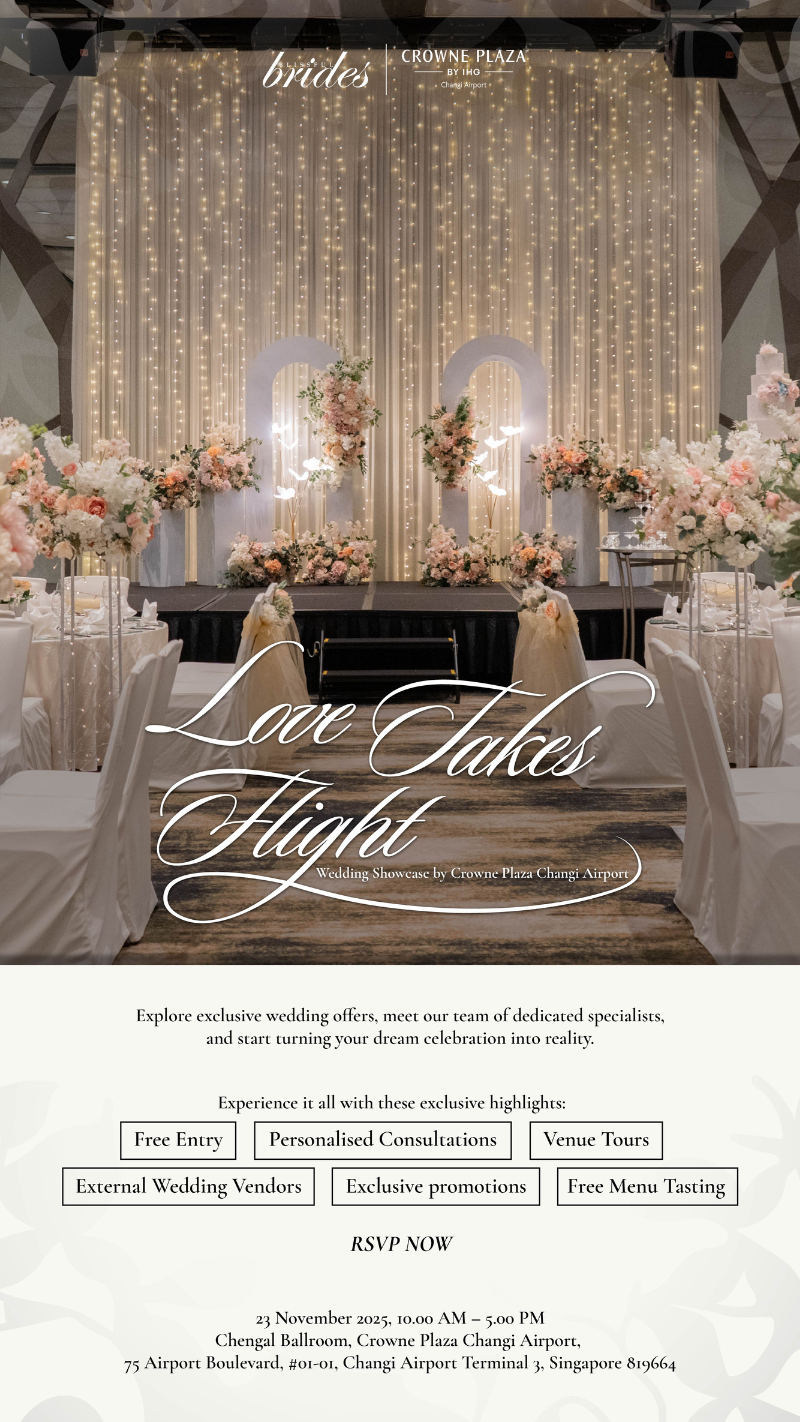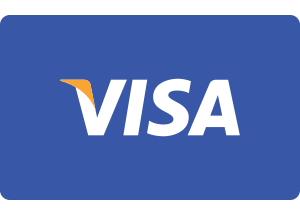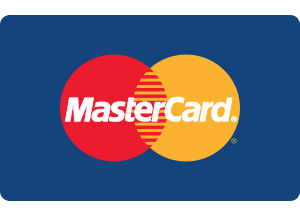The Four C's with Casey Lai
2017-04-13
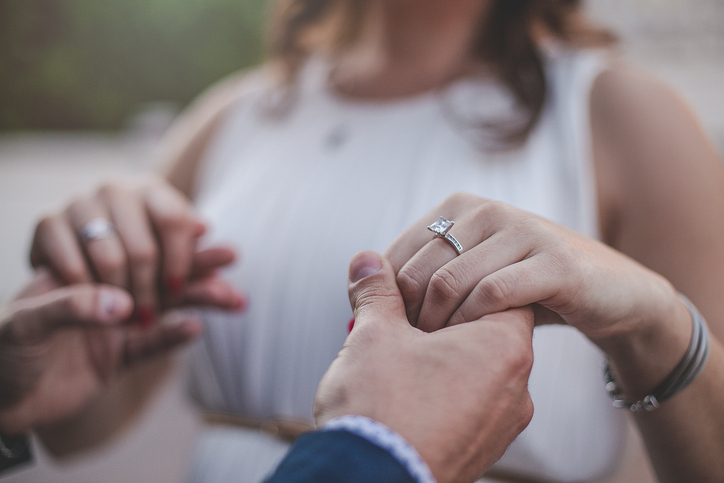
Buying bling for your bride-to-be is more than just picking out the biggest stone; there are a lot of factors that go into choosing the best quality diamond, as we learned during our hour-long crash course at JannPaul.
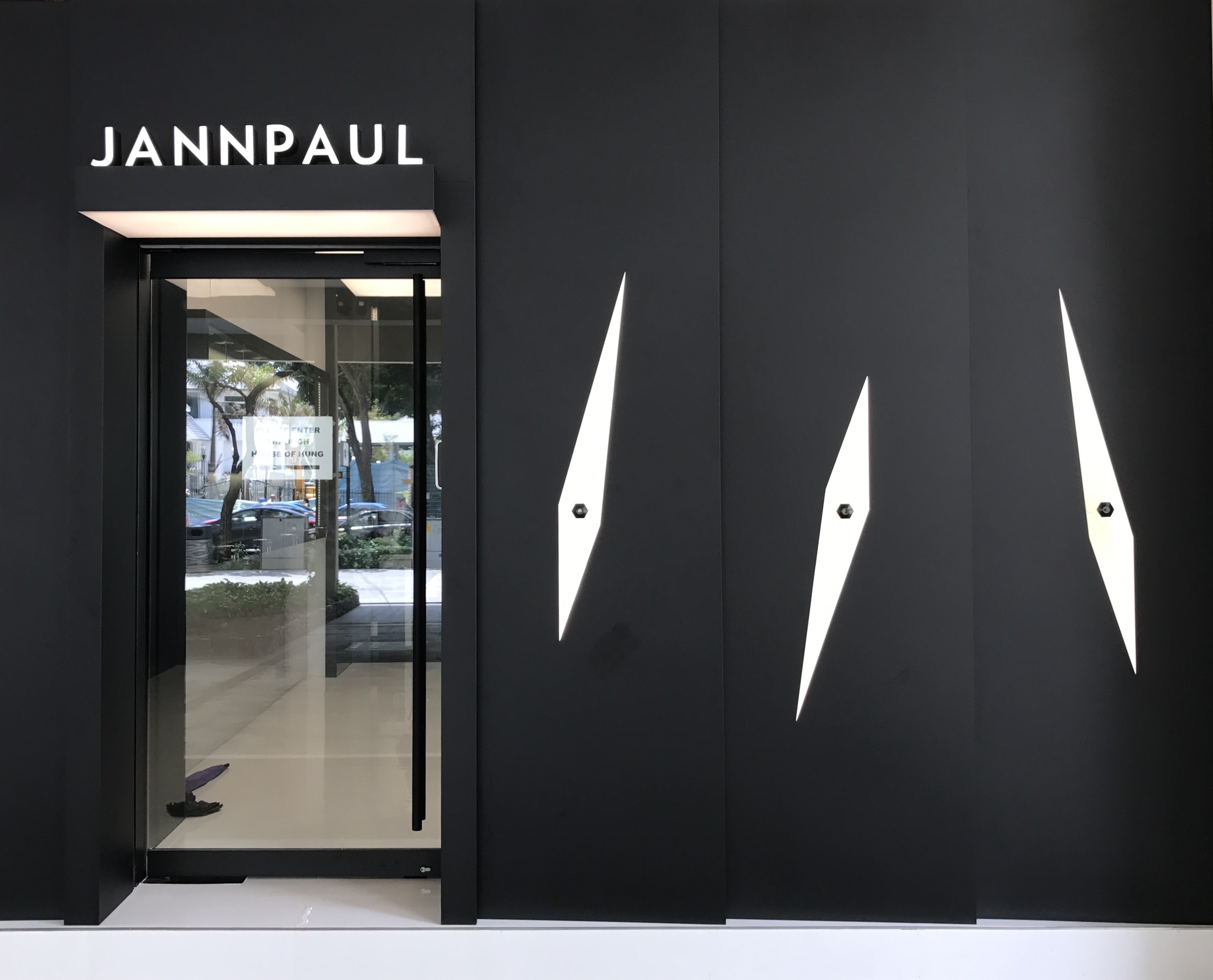
Image courtesy of JannPaul
The Four C’s of Diamonds
You might have heard of the five C’s of Singapore — cash, car, credit card, condominium and country club — but have you heard of the four C’s of diamonds?
The four C’s stand for “carat weight”, “colour”, “clarity” and “cut” — and every diamond will be given a grade for each of the four criteria. These grades are reflected on the Gemological Institute of America (GIA) report card that comes with the diamond. As you may have guessed, a diamond’s price tag will be affected by its GIA evaluation.
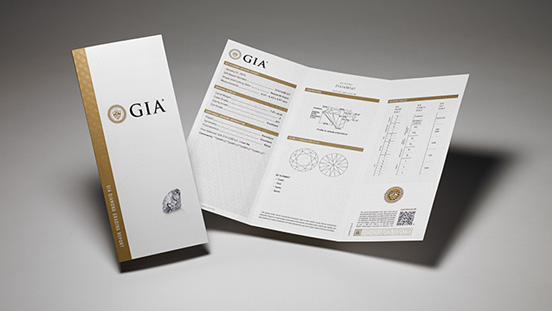
To better understand each of the criterion, we spoke to Casey Lai, Business Partner at JannPaul.
“A diamond’s carat weight tells you how heavy the diamond is. Many people associate carat weight with size, but if a diamond is cut long lengthwise, it can look smaller even thought it is heavier,” Casey clarifies.
“The ‘Colour’ criterion refers to how colourless or yellowish a diamond is, and this category is graded by letters D to Z, whereby the further down the alphabet you go, the stronger the yellow tint is.”

“The next C, which stands for ‘clarity’, refers to the inclusion and blemishes in a diamond. The rate of clarity ranges from: ‘Flawless’ (FL), ‘Internally Flawless’ (IF), ‘Very Very Slight’ (VVS), ‘Very Slight’ (VS), ‘Slightly Included’ (SI) and “Included” (I). All inspections are done at 10 percent magnification,” Casey explains.
“The final C stands for ‘cut’, and the highest attainable classification of cut is ‘Excellent’,” Casey concludes.
Although not part of the four C’s, “polish” and “symmetry” are also measured by “Excellent”, “Very Good”, “Good”, “Fair” and “Poor”. Should a jeweller tell you that a diamond is “triple Excellent”, this description simply refers to the cut, polish and symmetry of the diamond.
As Casey gets more in depth with his explanations, we discover that “Excellent” is still a pretty loose standard, and that things can get even more technical.
The Holloway Cut Adviser (HCA) tool, which scores each diamond based on its proportions, is one such tool that further specifies a diamond’s quality.
“The best part about this HCA tool is that it is available online for free. All you need to do is input the values required, as shown on the diagram in the GIA report card. The final score is a rough indication of whether a diamond’s proportions are good or bad,” Casey says.
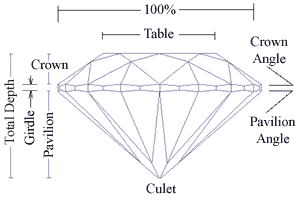
HCA scores range from 0.4 to 10, where smaller values represent better proportions. Any score from 0.4 to 6, however, would qualify as an Excellent cut diamond, which is a fairly wide spectrum. This is where terms like “Ideal” and “Super Ideal” come in, as these terms establish more stringent benchmarks based on the HCA score.
An Ideal cut diamond needs a HCA score of 2 or lower. Super Ideal cut diamonds, which JannPaul specialises in, is granted only to diamonds with a HCA score of 1.4 or lower.
Even then, the HCA tool has its shortcoming and Casey advises it to be used not as a selection tool, but as an elimination tool. After all, HCA scores are derived from a mathematical formula which predicts a diamond’s potential, and predictions are not always 100 percent accurate. It takes into account only 17 out of a diamond’s 57 (or more) facets; if these 17 facets are poor to begin with, eliminate the diamond from your options.
Scoping out a Diamond's Bling Factor
Since a good HCA score simply means that only the 17 facets of a diamond are satisfactory, what of the rest of the diamond?
“At JannPaul, we spend about two hours with every new customer to educate them on what to look for, and what to avoid, in a diamond. We share information about the diamond that isn’t included in the GIA report card. Something like light performance, which determines how sparkly the diamond is and cannot be measured accurately by the HCA tool alone, are one of the things we go through with customers. We are also able to scientifically back up our claims using certain devices,” Casey shares.
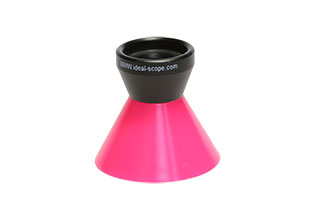
These instruments are used by JannPaul to distinguish diamonds with high light performance from inferior ones. The first “toy” Casey presents to us is called the Ideal Scope. This scope measures light return within a diamond; in other words, how much of the light that enters the gem is being reflected back out.
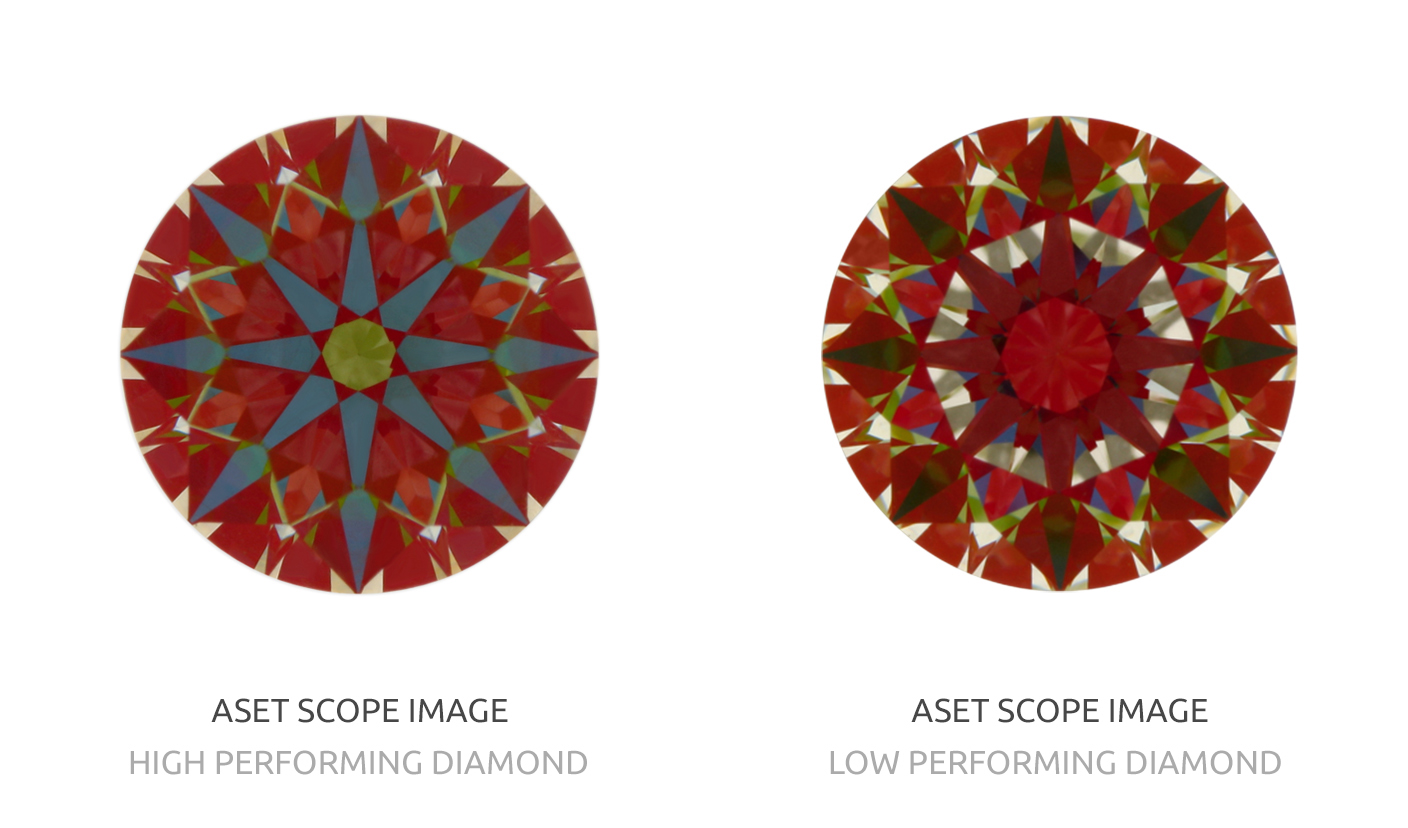
Image courtesy of JannPaul
Under the scope, we see light that is being reflected back out of the diamond in red (due to the colour of the scope). Any areas that appear as white indicate light leakages, where light exits the diamond without being reflected back out. For diamonds with exceptionally bad light performance, the scope might reveal a “Ring of Death” within the diamond — an entire hoop where light bleeds right through.
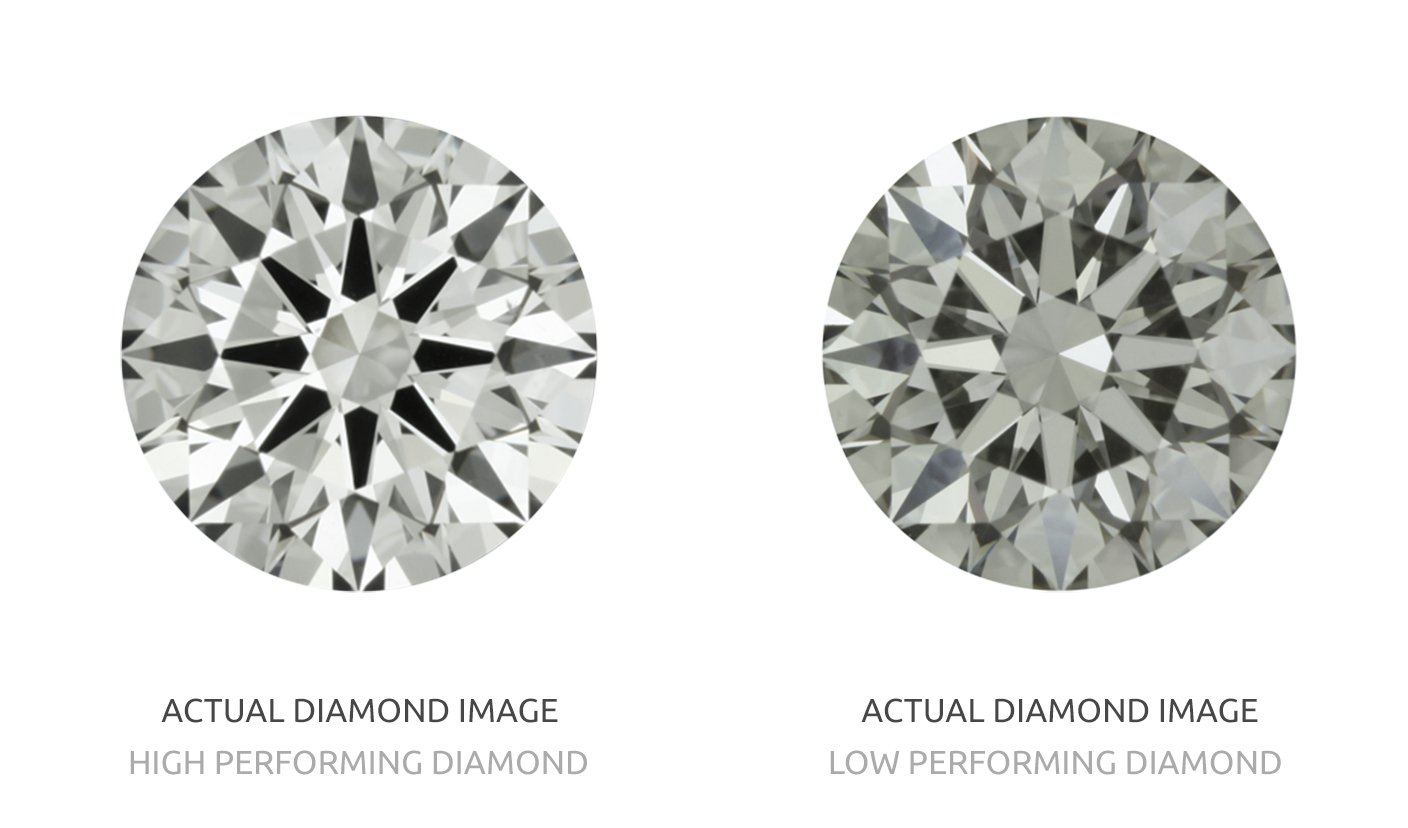
Image courtesy of JannPaul
“To the naked eye, areas with light leakages will look dark and dull. So imagine this. Based on GIA stats, you look for a diamond with the best possible grade in colour. However, due to severe light leakages, it looks dark and dull. The high colour grade will be rendered pointless,” Casey elaborates.
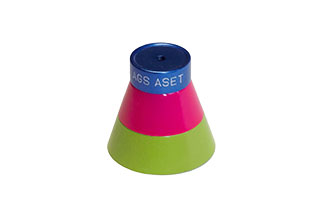
Next comes the ASET Scope (abbreviated from Angular Spectrum Evaluation Tool), which works just like the Ideal Scope, except that it goes one step further to separate light return into red (strong) and green (weak). Seeing green under the ASET Scope means that the area does not reflect light fully, but is not completely sheer either. Ultimately, you want minimal greens and whites in a diamond.
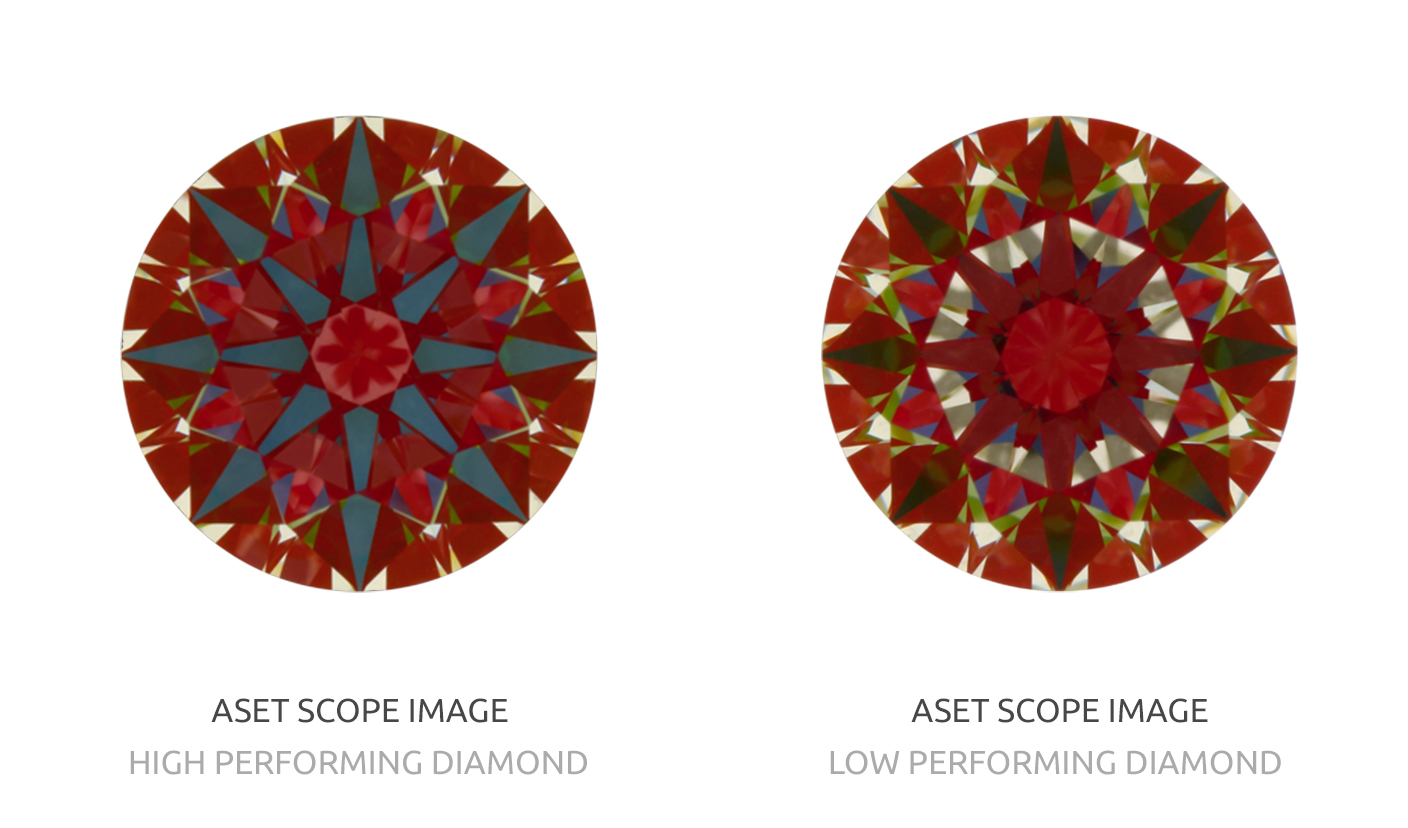
Image courtesy of JannPaul
The last scope is the Hearts and Arrows scope — the most commonly carried scope among local jewellery stores. This scope shows how symmetrical each of a diamond’s facets are to one another, but does not reveal its light performance; a symmetrically cut diamond could also mean that it has symmetrical light leakages. Within this scope, the only aim is to see distinctly uniform “hearts” (bottom-up view) and “arrows” (top-down view).
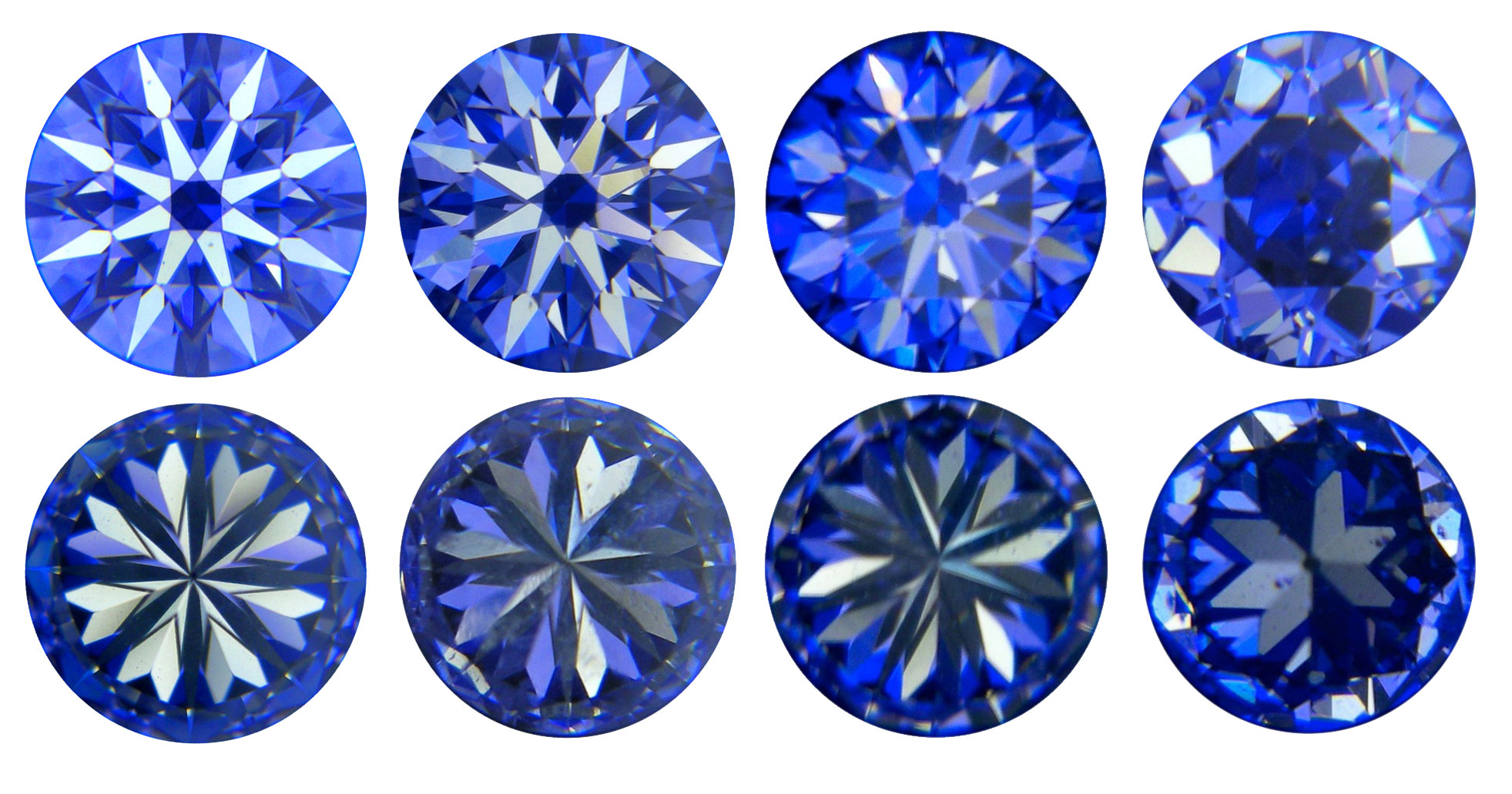
From left to right, the “hearts” and “arrows” in each diamond becomes less defined. Image source.
Debunking Industry Myths
During our discussion, Casey disclosed an industry secret: jewellery stores are typically fitted with strong, calibrated LED lights, which make most gems look good regardless of their quality.
“When inspecting a diamond for its brilliance, it is better to do so in natural sunlight, but of course it might not be feasible in a real life scenario,” Casey quips. “That’s why the Ideal Scope and ASET Scope are important when evaluating diamonds.”
Casey also reminded us that since diamonds are traded based on their GIA grades and light performance is not included in the report, two triple Excellent diamonds (by GIA standards) with significantly different degrees of light performance may still fetch for the same price. JannPaul’s comprehensive consultation service (which is free, might we add) ensures that you walk away with the best diamond that you can get for the amount that you are willing to pay.
Bang for Your Buck
In the diamond world, any round diamonds with more than 57 facets are referred to as “modified rounds”. Typically, each and every modified round is patented — Soo Kee Jewellery’s got their Brilliant Rose with 66 facets, and Goldheart Jewellery’s Celestial has 73 facets. Since these modified rounds are only available exclusively from respective jewellers, they demand a steeper price tag.
Yet, JannPaul’s 91-faceted Solasfera with 10 hearts and arrows is priced more competitively than other modified rounds in the market typically cost. JannPaul also carries the Cushion Brellia — the world’s first cushion cut diamond with hearts and arrows — and an Octagon cut diamond with 88 facets, and 8 hearts and arrows.
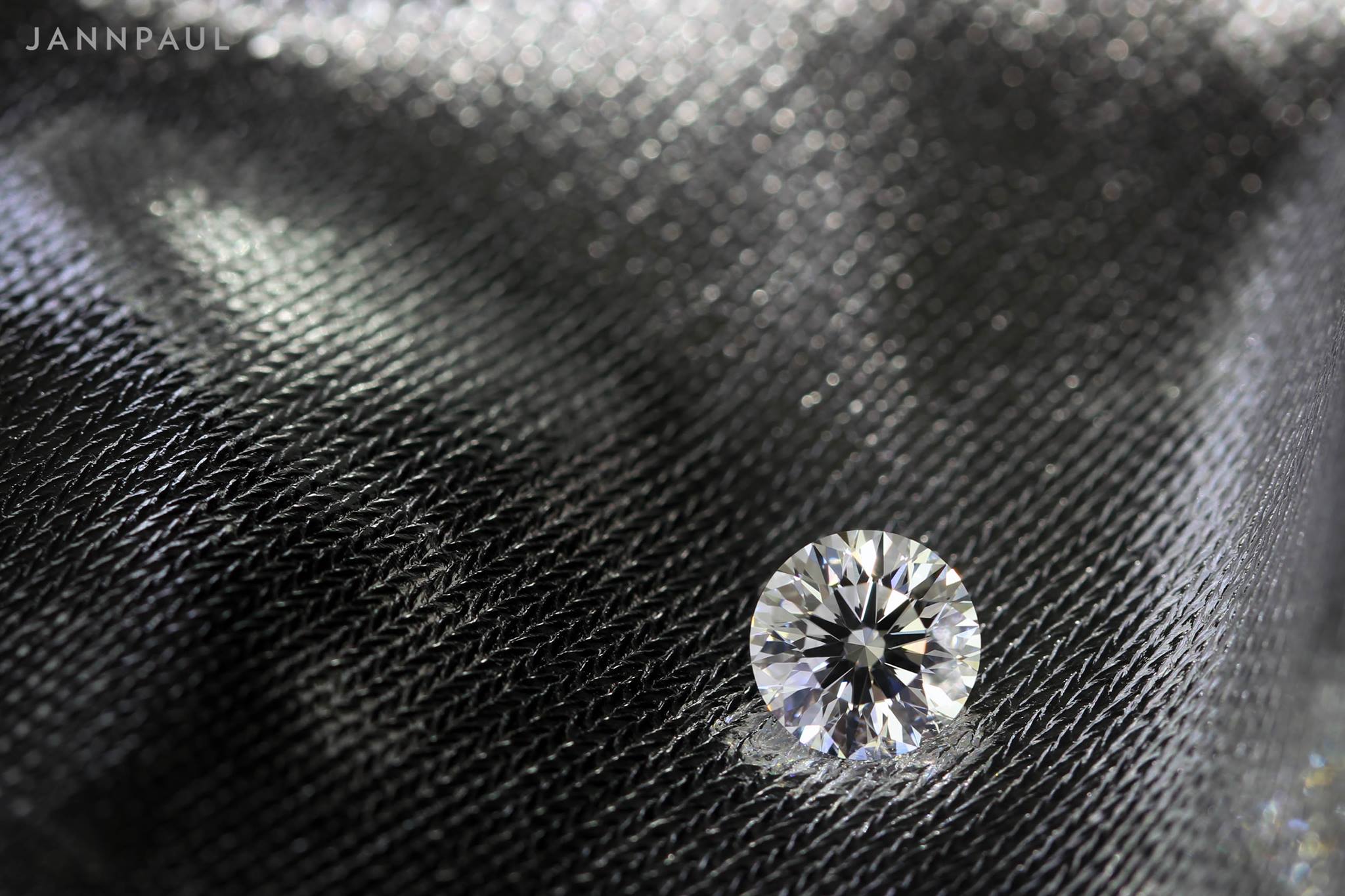
Solasfera by JannPaul. Image courtesy of JannPaul.
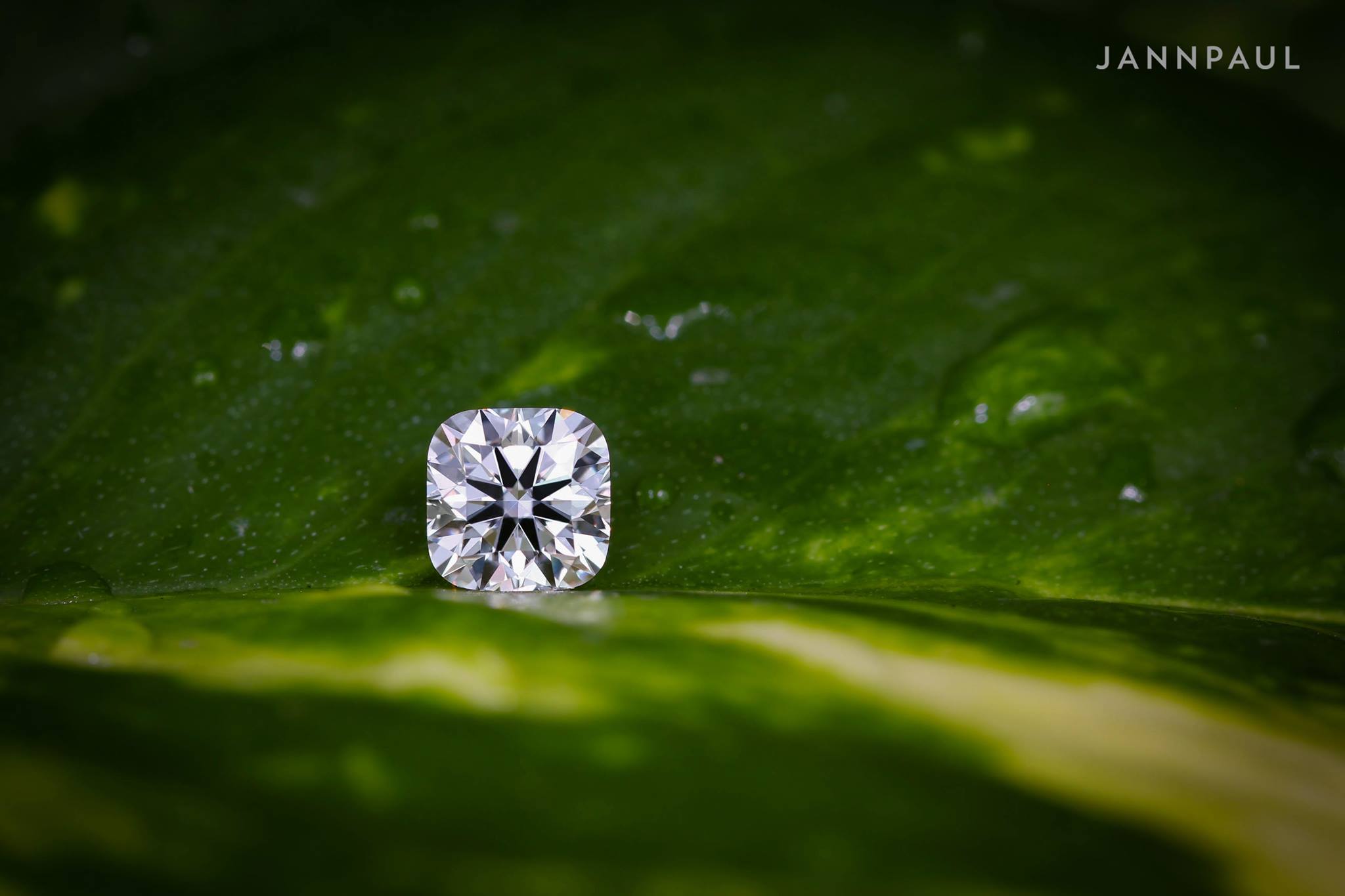
Cushion Brellia by JannPaul. Image courtesy of JannPaul.
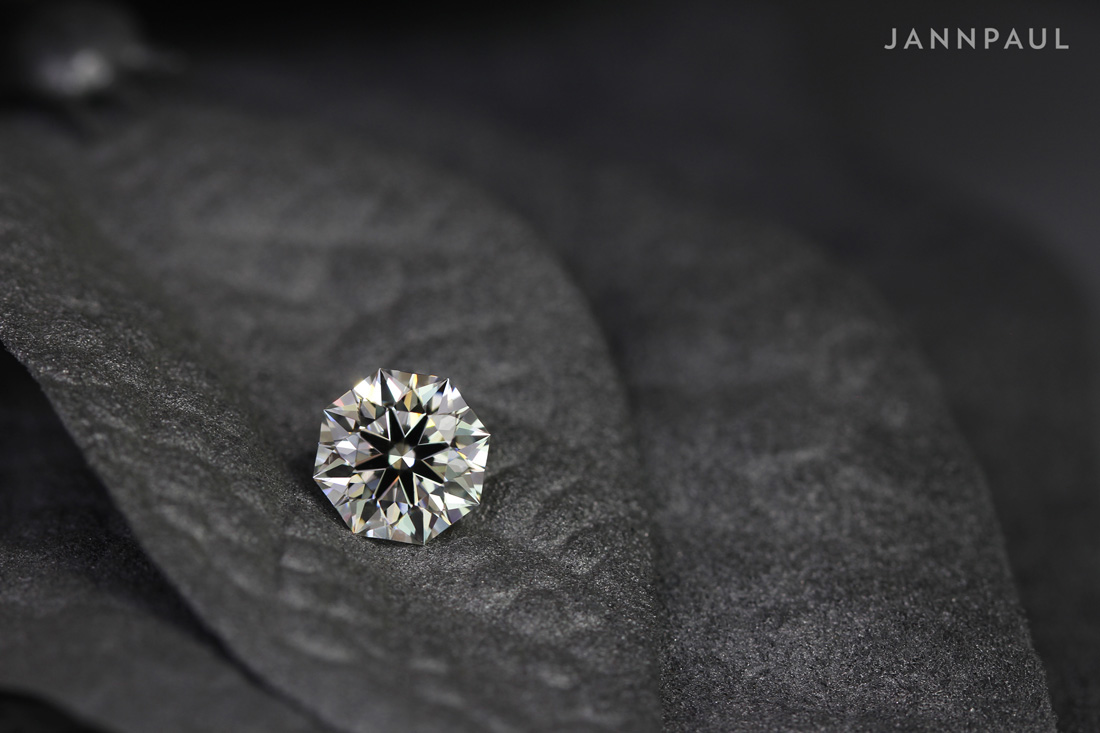
Octagon cut diamond by JannPaul. Image courtesy of JannPaul.
On top of all that, JannPaul provides complimentary ring design customisation services, which comes with a realistic 3D render. The diamond you purchase is scanned with a Sarin machine, which uses laser technology to capture the 360° image of the gem. The image is then used to created a realistic 3D render of your custom design, in proportion to the diamond and ring size.
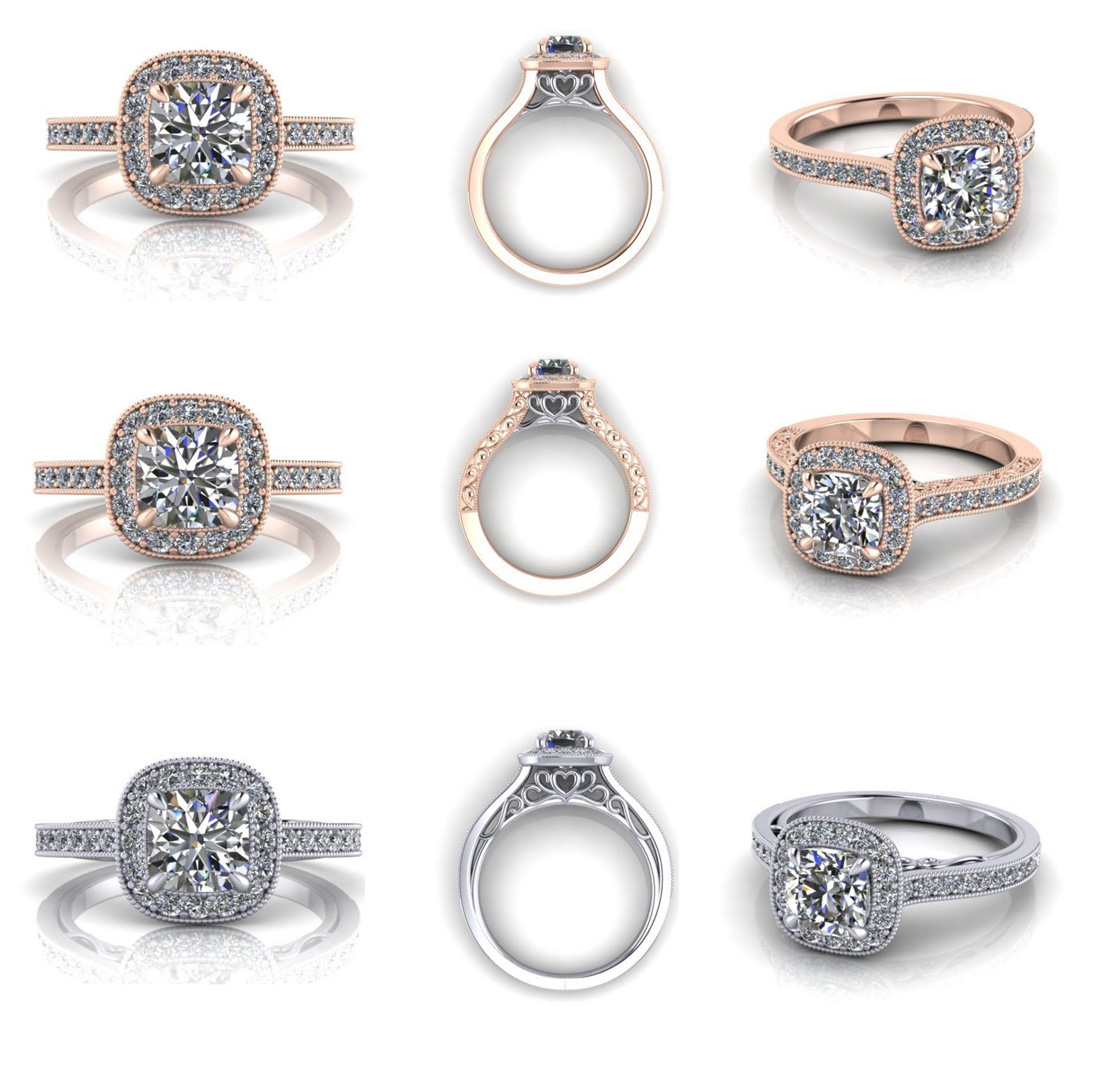
3D renders of halo ring designs, with engravings and filigrees. Image courtesy of JannPaul.
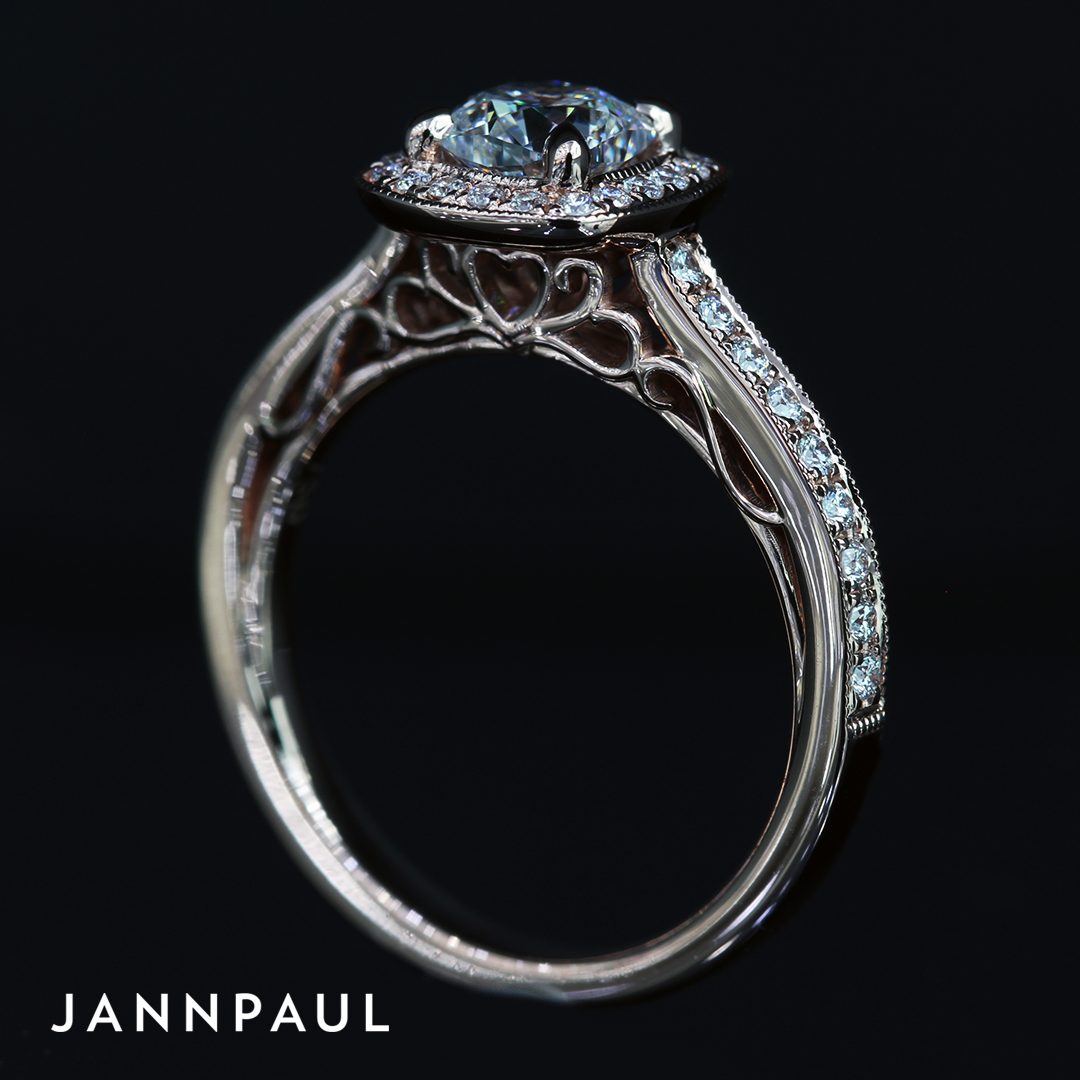
The actual handcrafted ring. Image courtesy of JannPaul.
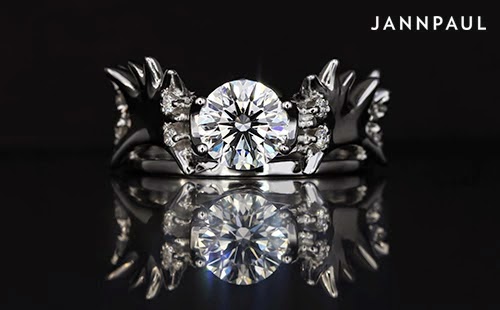
Game of Thrones themed ring designed by JannPaul. Image courtesy of JannPaul.
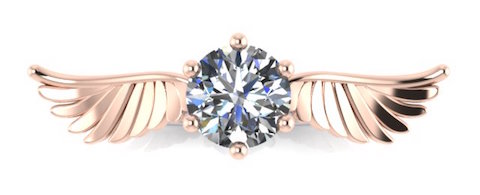
Winged ring designed by JannPaul, top view. The wings were done in rose gold to contrast the white gold band, and to bring out the intricate feather details on the wings. Image courtesy of JannPaul.
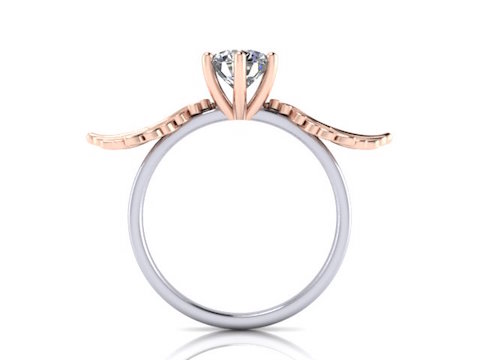
Winged ring designed by JannPaul, side view. Image courtesy of JannPaul.
The initial 3D render, which shows the top and side views of the ring (rendered to scale of its actual size), takes up to two weeks to complete, and any subsequent tweaks can be done in a couple of days. Once everything is finalised and approved, it will take four to six weeks to handcraft the ring.

